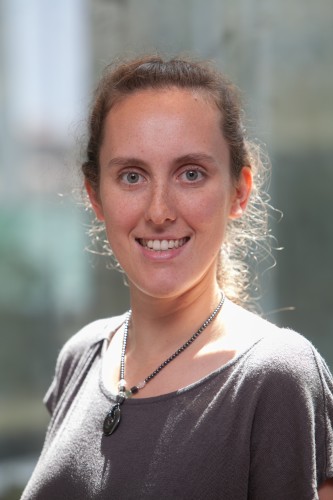Ant and Bear Dance for Dokweebah: Using a Skokomish Story to Engage Middle School Students in Event-Driven Programming
Abstract

References
Index Terms
- Ant and Bear Dance for Dokweebah: Using a Skokomish Story to Engage Middle School Students in Event-Driven Programming
Recommendations
Integrating Computer Science into Middle School Curricula Through Storytelling: A Lesson Plan on Beaded Bags of the Columbia Plateau
CompEd 2023: Proceedings of the ACM Conference on Global Computing Education Vol 1We aim to bring computer science (CS) to rural and American Indian students by blending American Indian storytelling practices with the educational computer programming environment called Alice. The lessons we develop cover CS concepts within the ...
A collaborative approach to offering summer engineering camps for middle school students
FIE'09: Proceedings of the 39th IEEE international conference on Frontiers in education conferenceEngineering educators utilize K-12 outreach to encourage students to pursue careers in engineering. Engineering faculty choosing to undertake K-12 outreach often face time consuming administrative duties associated with such activities. Collaboration ...
Gaming for middle school students: building virtual worlds
GDCSE '08: Proceedings of the 3rd international conference on Game development in computer science educationWe can begin engaging new talented students Computer Science students with Gaming as the introduction. Students are already excited and curious about games. Research studies suggests students form opinions about whether they enjoy science or non-science ...
Comments
Information & Contributors
Information
Published In

- General Chairs:
- Venkatesh Choppella,
- Deepak B. Phatak,
- Program Chairs:
- Andrew Luxton-Reilly,
- Michelle Craig
Sponsors
Publisher
Association for Computing Machinery
New York, NY, United States
Publication History
Check for updates
Author Tags
Qualifiers
- Research-article
Funding Sources
Conference
Acceptance Rates
Upcoming Conference
- Sponsor:
- sigcse
Contributors
Other Metrics
Bibliometrics & Citations
Bibliometrics
Article Metrics
- 0Total Citations
- 119Total Downloads
- Downloads (Last 12 months)119
- Downloads (Last 6 weeks)7
Other Metrics
Citations
View Options
Get Access
Login options
Check if you have access through your login credentials or your institution to get full access on this article.
Sign in
